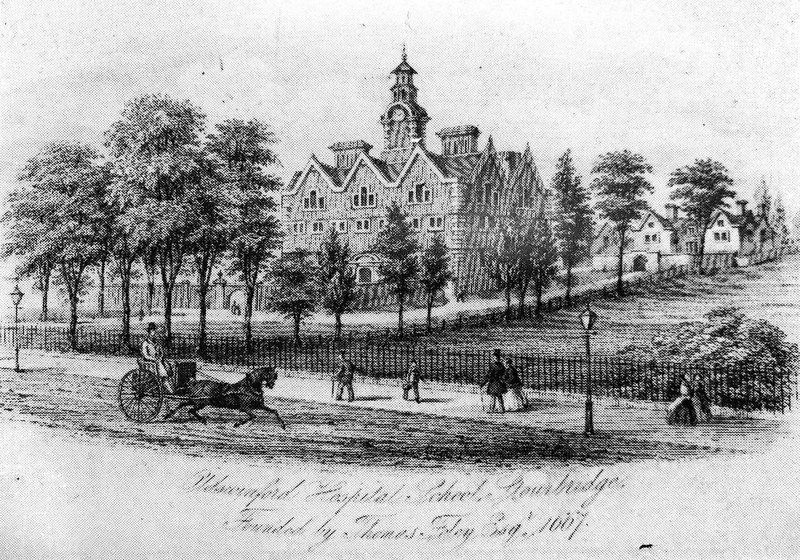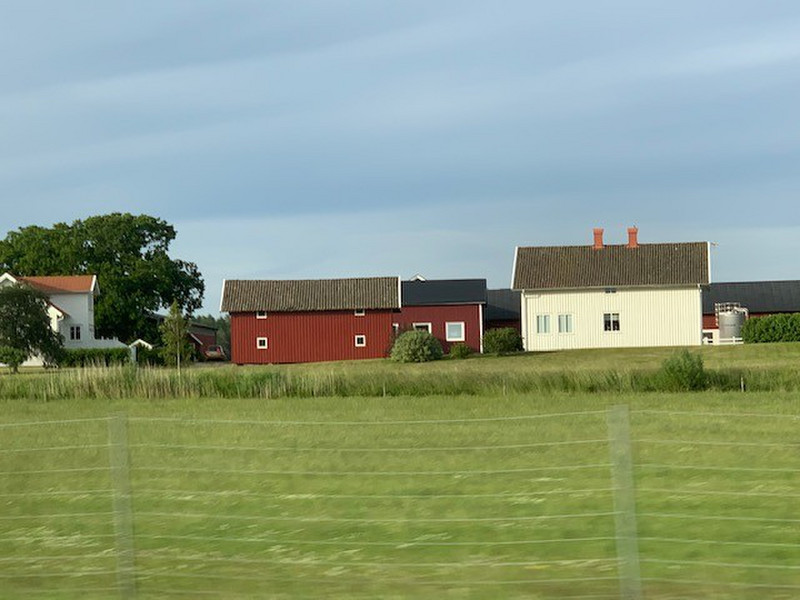I taught English at Old Swinford Hospital School from My first headmaster there was L. W. Peter Sheppard. In 1953 he wrote the following history of the school - which may be of interest to former students and staff.
I have decided to make it more widely available to interested parties by publishing it on the various OSH websites and, in order to facilitate this, I have copied it onto my blog, adding a few pictures.
(As far as can be ascertained there are now, within the State system of education in this country, four residential secondary technical schools: one in each of the counties of Norfolk, Somerset, Worcestershire and Wiltshire. The fourth number of this journal (May, 1950) carried an article on the school at Trowbridge. It is clearly of great importance that this new type of boarding school should be widely known and fully appreciated. -
MANY SCHOOLS THROUGHOUT England can boast of foundations which date back three, four or five hundred years. When, however, their history is closely examined one finds that the charter of Tudor or Stuart times bears little relation to the school as it is carried on These schools are almost invariably grammar or public schools and their character has altered fundamentally. Continuity has been broken into by change of site and by new demands of It is the general experience to see such schools making play with their foundation date on crest or cap but to be indistinguishable otherwise from those schools which have been started in this century.
It is, I think, far otherwise with Old Swinford Hospital School. Here the tradition is more living and actual. The school is still partly housed in the buildings which date from 1667 and in the additions of the intervening This in itself creates a powerful atmosphere of continuity, and traditions of the past are proudly fostered by present boys and Old Boys, though now the reasons for to the school may be very different from those in the past. It may be thought
that the development into a secondary technical school envisaged by the Worcestershire County Council Educational Plan is a break in the tradition, but in some ways this seems the fulfilment of the Founders intention.
The Hospital was founded in 1667 by Thomas Foley, a prosperous He left careful instructions as to the use to which the foundation was to be put. These were contained in his will, a document which he refers to as the Settlement. The instructions contained therein he took the precaution of having painted on his portrait. They are as follows :-
To my faithful relations and friends, the feoffees that are and ever shall be, chosen to this trust, it is my last and earnest desire that you suffer not from neglect or unfaithfulness this house or the means thereunto settled in you to be disposed of otherwise than is expressed in the settlement thereof, and that no boys be chosen into it but such as are really objects of charity, and that they may be taught by such masters as may breed them up in the fear of God, and that when they shall be fit to be apprentices, care shall be
taken to place them with such masters as may answer my great end, being the glory of God, and their real good.
From the somewhat inflated Jacobean style of this testament it is clear that the education provided was to have the practical end in view of fitting the boys to be apprentices. Apprenticeship in those days meant very much more than engaging an employee. It meant an undertaking given in all good faith to regard a boy as a human being to be helped and trained. The employer was required by the Feoffees (as the School Governors are called) to pledge to teach the apprentice his craft or mystery. When a boy was apprenticed, indentures were drawn up and signed by all the parties to the agreement, namely the employer, the boy, the parent and the Feoffees.









